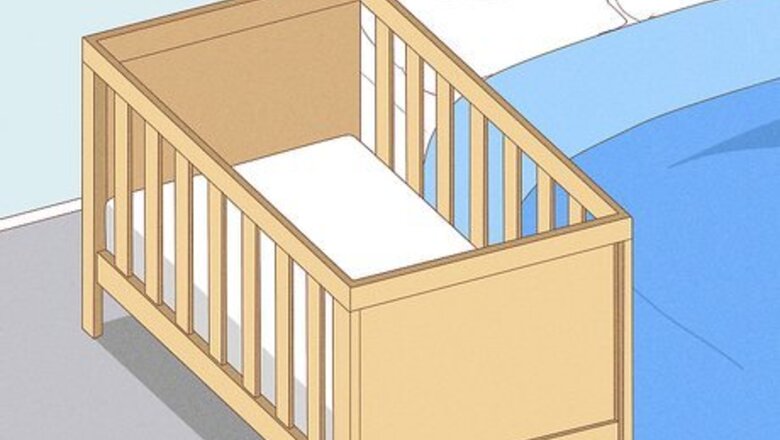
views
X
Research source
Whether you choose to room-share or bed-share, the most important thing about co-sleeping is following the safety guidelines.
Co-Sleeping in Separate Beds
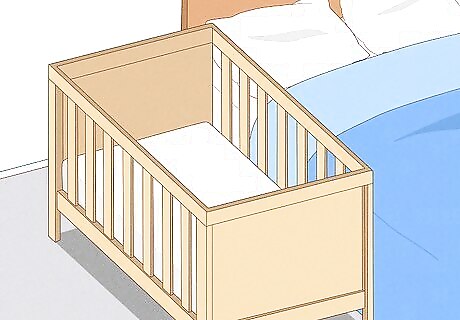
Place a crib next to the bed. If you want to room-share, place a bed for your baby right next to yours. You can put a bassinet, crib, or play yard in the room. You can be close to your baby, but reduce the dangers of bed-sharing. Doctors recommend room-sharing as a way to reduce the risk of SIDS by up to 50%.
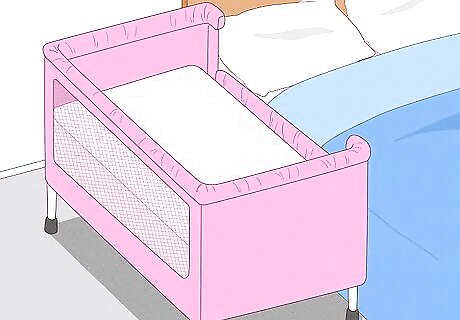
Choose a bedside sleeper. If you want to be closer than a crib, you can place a bedside sleeper on your bed. This bed attaches directly to the bed so you can be next to your baby, but keeps you separated on different surfaces.

Move the baby to another room between six and twelve months. If you co-sleep with your baby, you should do this until around 12 months of age. However, if you want to move them to their own room before that, wait until they are at least six months old.
Sleeping in the Same Bed
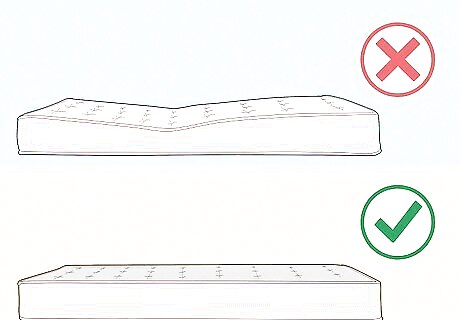
Choose a firm mattress. You should only co-sleep with your baby on firm mattresses. Soft and sagging mattresses may cause your baby to overheat or suffocate. The mattress should fit the bed frame snugly, with no gaps between the mattress and headboard, frame, or wall. Avoid co-sleeping on feather beds, air mattresses, and waterbeds.
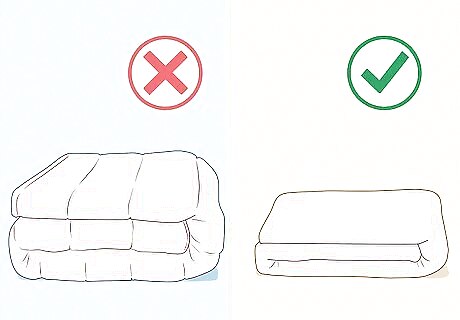
Use light bedding. Heavy blankets can lead to overheating and suffocation. Instead, use light sheets and thin blankets. Avoid flannel sheets and heavy comforters or duvets. If you use heavier blankets, never cover the baby’s head with it. Make sure the sheets fit the bed so there’s no risk of the baby getting tangled up in loose sheets.

Remove pillows from around your baby. Your baby shouldn’t be surrounded by pillows or stuffed animals. Sleeping on pillows or with pillows around them can cause the baby to roll off or end up wedged between or face down on the pillows, which can cause suffocation.
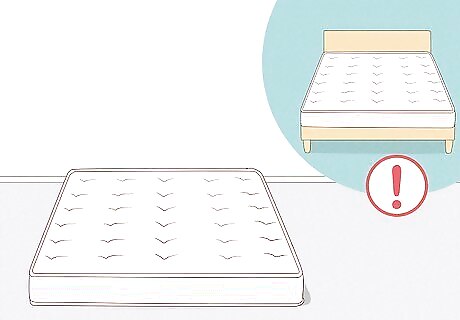
Place the mattress on the floor. You may want to put the mattress on the floor instead of on the bed frame. This may make you feel safer since your baby won’t be at risk for falling off the side of the bed to the floor. This may be preferable once your baby starts moving around a lot.
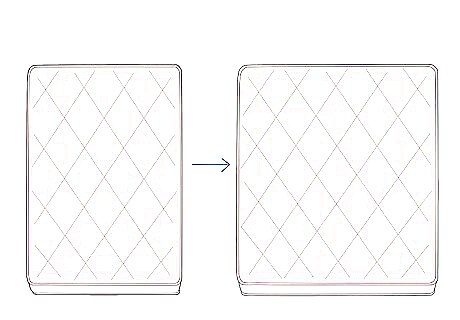
Buy a larger bed. The best bed for co-sleeping is a king-sized bed. This size gives enough room for you, your partner, and the baby. If your bed is too small, you or your partner may want to sleep on the floor or in another room so there is enough room to co-sleep on the bed.
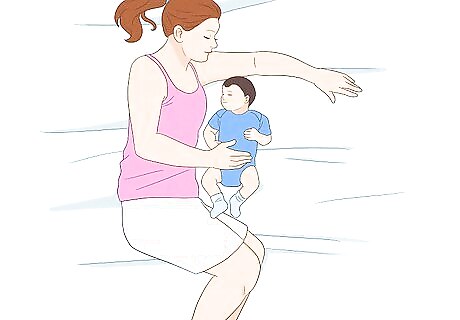
Sleep in a “C” position. When you co-sleep, you should sleep in the right position. The “C” position helps keep your baby safe. Sleep on your side, with your body curled around your baby like a “C.” Put your forearm above the baby’s head and your knees under their feet. This positions helps you avoid rolling away or towards your baby, and keeps your pillow away from your baby.
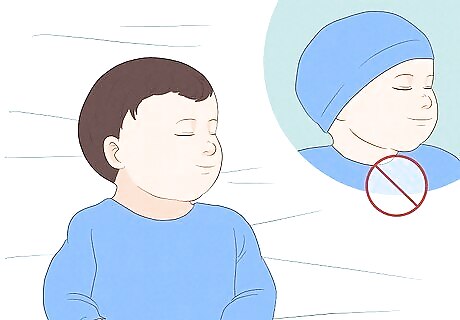
Make sure your baby is warm but not hot. Overheating is a big concern with co-sleeping. Your baby should be warm and able to regulate their temperature. Keep the head uncovered, which will help their core temperature adjust as needed. Place them in their regular pajamas when you sleep.

Tie your hair back. If your hair is long, you should tie it back. Long hair can get tangled around the baby’s body. Co-sleeping with long hair presents a danger of the hair getting wrapped around the baby’s neck, which can lead to suffocation. You can pull your hair into a ponytail, braid it, or place it in a bun.

Place the baby on their back. When sharing a bed with your baby, the baby should always sleep on their back. This is the same as the way they would sleep in a crib. Don’t place the baby on their stomach or side when co-sleeping.
Reducing Bed-Sharing Dangers
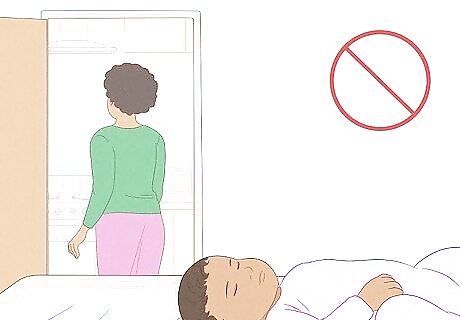
Remain in the bed with your baby. Your baby should never be alone in your bed, even if they are asleep. You or your partner should always been in the bed with the baby. Even stepping away for a few minutes could pose a risk for your baby. If you leave the room, your baby may roll off the bed or end up wedged between something.
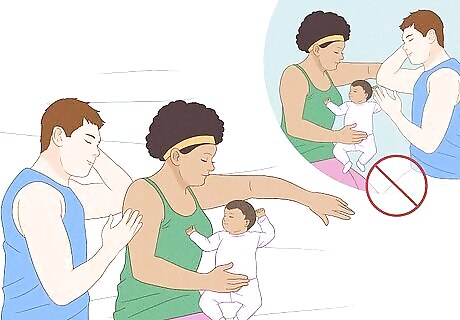
Avoid placing the baby between the parents. When you co-sleep with your baby, they should not be placed between two adults in the bed. This can increase the risk of overheating and suffocation. Being between the adults can also increase the likelihood that the baby will get rolled on. The baby should be placed on one side of one of the parents, with that parent facing the baby. The parent’s back should be toward the other adult in the bed.
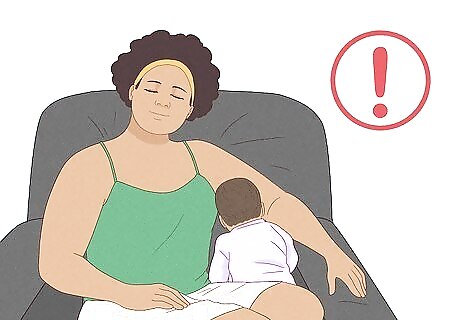
Avoid sleeping on sofas and armchairs. Co-sleeping in unsafe conditions can increase the risk of sudden infant death syndrome (SIDS). To keep your baby safe, never sleep with them on a sofa or armchair. Sleeping with your baby on this furniture can cause your baby to overheat and suffocate. Your baby may become wedged between the cushions or between your body and the furniture.

Refrain from sharing a bed if you take depressant substances. The danger of SIDS for your baby increases if you take any substances that are considered depressants or alter your mental state. Never co-sleep with your baby if you ingest anything that makes you drowsy. For example, you should not co-sleep with your baby if you have been drinking alcohol or if you take any medication or drugs that will make you drowsy or sleepy. These substances can alter your thought processes, which can lead to you forgetting that your baby is in the bed with you. You may also sleep too deeply and accidentally roll over onto the baby.
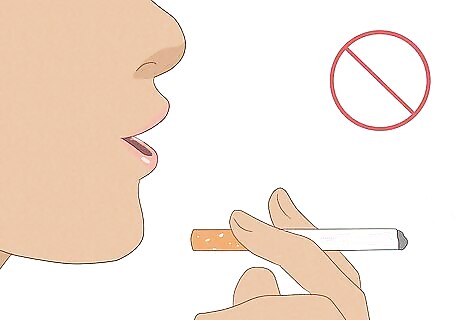
Avoid co-sleeping if you smoke. The smoke on your clothes or body can irritate your infant’s respiration and may increase the risk of SIDS. You shouldn’t co-sleep if you or your partner smokes or uses e-cigarettes. Consider quitting smoking altogether. Even if you don’t smoke at home or in bed, you still shouldn’t co-sleep with your baby. The smoke remnants can lead to respiratory problems – an increase the risk of SIDS.

Separate the baby from other children when sleeping. If possible, discourage other children, especially toddlers, from sleeping in the bed with you and your baby. They may accidentally roll on top of the baby or cover the mouth and nose. If your other child needs to sleep with you, place an adult between the baby and the other children. If your toddler doesn’t understand that you need to focus on your baby, you can place the baby on a crib near you instead of co-sleeping with them.
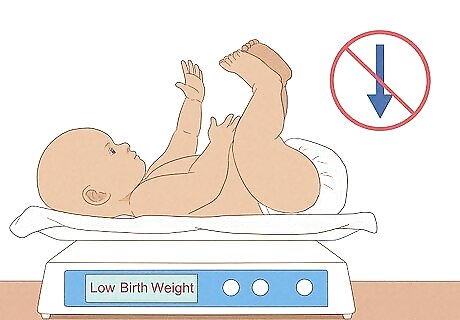
Avoid sharing a bed if your baby was premature or had a low birth weight. Babies that were born premature should not placed in the same bed as you. Low birth weights, such as less than 5.5 lbs or 2.5 kgs, can also increase the risk of SIDS.
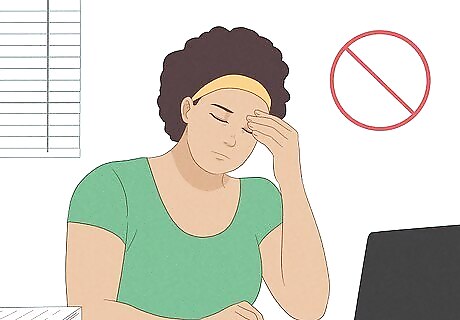
Refrain from bed-sharing if you are too tired or cannot be woken easily. You should never share a bed with your baby if you are too tired or exhausted. This can make it more difficult to wake or lead to you rolling on top of your baby or not hearing them if they are distressed. You should also not share a bed with your baby if you have conditions that make it difficult for you to wake up or be roused from sleep, like sleep apnea.
Considering Room-Sharing or Bed-Sharing
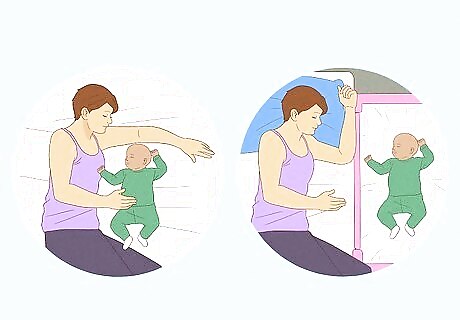
Decide if you want to bed-share or room-share. Co-sleeping is when you sleep near your baby, so that you both can tell the other is nearby. You can do this by sleeping in the same bed or sleeping in the same room. Know that the American Academy of Pediatrics (AAP) recommends room-sharing for the first 6 to 12 months of a baby’s life. This can reduce the risk of SIDS by as much as 50%. Room-sharing is when there is a crib or bassinet in the room near the bed. Bedside sleepers that are attached to the bed are also popular. The parents have easy access to the baby. Bed-sharing is when the baby sleeps in the same bed.
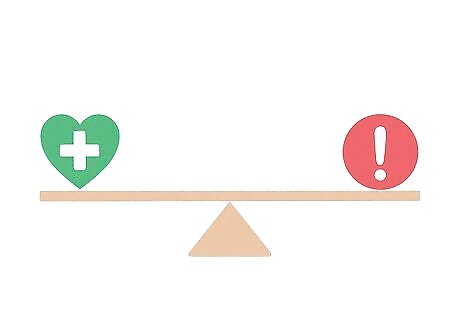
Know the risks of bed-sharing. Bed-sharing is a controversial topic. Some people think it encourages breastfeeding, helps promote sleep for the parents and baby, and increases closeness. However, some organizations like the AAP advise against it because bed-sharing can increase the risk of suffocation, strangulation, and SIDS. You should weigh the pros and cons and decide if bed-sharing is something you believe would benefit you and your baby. Talk to your pediatrician about the risk of bed-sharing, too. Co-sleeping is not for everyone. You have to figure out if it fits your lifestyle, especially for the first 6 months after birth. Apart from the risk of SIDS, bed-sharing may also make it harder for the parent to get restful sleep and harder for the baby to transition to their own bed later on.

Agree to co-sleeping with your partner. You should never co-sleep with your baby before discussing it with your partner. You and your partner should both agree to co-sleeping. You both should also agree that you both are equally responsible for the baby, not that only one parent is responsible. Don’t put the baby in a bed if your partner is asleep and unaware that the baby is in the bed.




















Comments
0 comment